Sand Casting
Sand Casting: The most popular
casting method for good reason
Sand casting has always been a mainstay of our operation, and we are very proud of our works. We have been working with specialized foundries in China and Vietnam for many years to produce high-quality sand castings for customers around the globe. Our extensive knowledge combined with our total commitment to quality is what makes us stand out from the crowd.
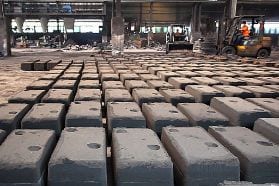
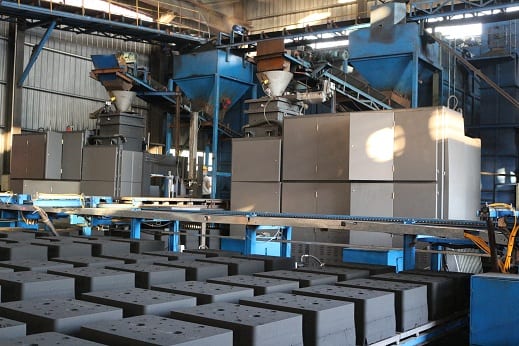
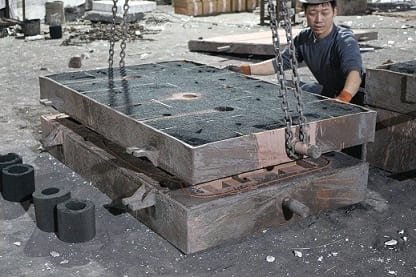

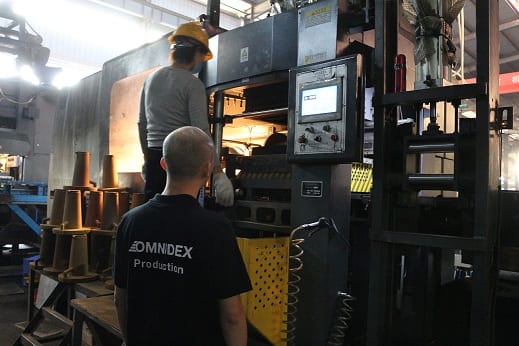
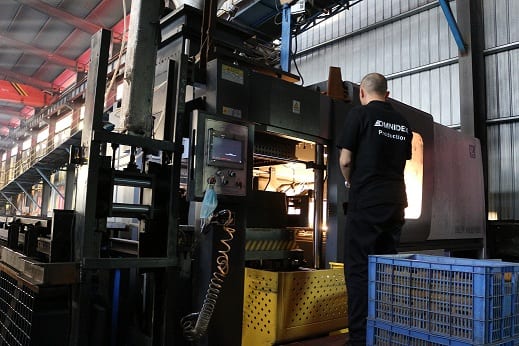
Guaranteed quality with our Sand Casting products
With the help of the Internet, it is not that hard to find a foundry to make the metal parts you need. But the market is flooded with sub-standard products, and some suppliers can struggle with quality control, especially when the pressure is on and a heavy daily output is required. Castings for certain equipment may value up to millions of dollars, and any error or fault can be very costly.
Common issues:
- Hot Tearing: Caused by a non-uniform cooling rate
- Porosity: Caused by, among other reasons, a non-uniform cooling rate, a melt temperature too high, or the use of sand with low permeability
- Surface Projections: Caused by shifting of the mold halves, erosion of the mold interior or a crack on the mold
- Unfilled Section: Caused by a pouring temperature that is too low or not enough molten metal is used
We offer a guarantee on the quality of our castings – no porosity, no inclusions, total dimensional accuracy and all materials certified. Learn more about our Omnidex Guarantee here.
Quality Sand Casting Services
As experts in Sand Casting, we understand your concerns over casting quality. Omnidex offers more than just the manufacturing capabilities of specialized foundries and workshops. Our Engineering and Quality Control services are what really set us apart from the rest.
Issues such as shrinking defects and porosity can be prevented if the casting process is done in the right way. Here is how we ensure the quality of our sand casting products:
- Impeccable patterns
Every sand casting starts with a pattern (made in wood or aluminium). Accuracy is essential at this stage as any inaccuracy in the pattern will lead to inaccurate castings. That is why all Omnidex patterns are CNC machined with specialized equipment. - World-class engineering support
All shrinkage allowances, draft angles and other factors are accurately calculated by our engineers. Placement of removable core feeds, up-risers, chill blocks are also carefully thought out to produce the perfect results. - State-of-the-art simulation tests
After all the calculations, every new design has to go through simulation tests. These tests allow our engineers to estimate the likelihood of porosity, so they can move, increase or decrease the feeds and up-risers or add chill blocks as required. We often work on complex and expensive parts, so we insist to carry out several simulations before making the final decision. - Supervised by sand casting veterans
Our process is supervised by the most experienced engineer specialists. They will take into account the metal flow in the sand mold, material cooling and many other possible issues such as uneven shrinkage or surface distortion to produce castings of the highest quality possible. - Excellent pre-treatment and finishing
Ferrous castings are pre-treated with zinc phosphate which provides a high level of corrosion protection and finished with anti-rust coatings, zinc plating, powder coatings or spray painting.
Learn more about Sand Casting
Sand Casting is a popular casting method with a long history, dating back to the Shang Dynasty in ancient China (1600 to 1046 BC). This process is characterized by the use of sand to make the mold for casting. It is a relatively versatile process that can handle a wide range of casting sizes and shapes. It is estimated over 60% of all metal castings are produced via sand casting.
Check out our video to learn more about our sand casting process:
Pros and Cons of sand casting:
Pros
- Relatively inexpensive tooling
- Can produce parts in various sizes, including very large parts (from 1 kg all the way up to 15 MT)
- Can be used to cast a variety of materials, including special steels, grey iron or ductile iron, as well as non-ferrous metals
- Can handle a diverse range of shapes and designs
Cons
- Usually limited to one mold per mold box
- High level of waste in the form of sand, feeds, uprisers and ballasts. (This can be reduced if the waste is reclaimed and treated properly)
- Dimensional inaccuracy and other defects caused by shrinkage, porosity and pouring errors. (This can be prevented with skilled engineering. Read more on how we prevent sand casting defects below)
Sand Casting Materials
We offer sand casting with both ferrous and non-ferrous materials, including:
| Alloy | Temper | Brinell Hardness (500kg) | Yield Strength (ksi) | Shearing Strength (ksi) | Ultimate Tensile Strength (ksi) |
| 731.0 (tenzaloy) | T5 or F | 75 | 23 | 265 | 34 |
| 535.0 (Almag 35) | F | 70 | 20 | 27 | 40 |
| A357.0 | T6 | 85 | 36 | 40 | 46 |
| A356.0 | T6 | 75 | 30 | – | 40 |
| 356.0 | T6 | 70 | 24 | 26 | 33 |
| 355.0 | T6 | 80 | 25 | 28 | 35 |
| 319.0 | F | 70 | 18 | 22 | 27 |
| Alloy | Tensile Strength (ksi) Min./Typ. | Yield Strength (ksi) Min./Typ | Elongation (ksi) Min./Typ. | Brinell hardness 10MM-500 (kg) |
| Red Brass | ||||
| C83300 | /32 | /10 | /35 | 35 |
| C83600 | 30/37 | 14/17 | 20/30 | 50-65 |
| C89833 | 30/40 | 15/20 | 16/18 | 65-75 |
| Yellow Brass | ||||
| C85400 | 30/34 | 11/12 | 20/35 | 40-60 |
| C85700 | 40/50 | 14/18 | 15/40 | 75 |
| Alloy | Tensile Strength (ksi) Min./Typ. | Yield Strength (ksi) Min./Typ | Elongation (ksi) Min./Typ | Brinell Hardness 10MM-500 (kg) |
| Tin Bronze, Silicon Bronze & Aluminum Bronze Alloys | ||||
| C87500 | 60/67 | 24/30 | 16/21 | 120-135 |
| C93700 | 25/35 | 12/18 | 8/20 | 55-70 |
| C92600 | 40/44 | 18/20 | 20/30 | 65/80 |
| C95400 | 75/85 | 30/35 | 12/18 | 170 |
| C95300 | 65/75 | 27/27 | 20/28 | 140 |
| Manganese Bronze | ||||
| C86300 (424) | 110/120 | 60/83 | 12/18 | 225 |
| C86500 (421) | 65/70 | 25/28 | 20/30 | 130 |
| C99700 (Tombasil) | 60/70 | 30/35 | 16/20 | 115 |
| Carbon Steel | High Tensile Steel | Stainless Steel (304 & 306) |
| (A1, A2, A3, A4, A5 & A6) | (BT1, BT2 & BT3) | These two grades feature castability, corrosion resistant and weldability characteristics. |
| Grade 150 | Grade 200 | Grade 250 |
| Grade 400/15 | Grade 450/10 | Grade 500/7 | Grade 600/3 | Grade 700/2 |
Sand Casting Tolerances
In general, sand casting does not deliver the tighter tolerances than other casting process, but in most cases the industry standards (as shown in the drop-down list below) can meet the product requirements. Please note that Omnidex is capable of casting better tolerances than these standards.
| Nominal dimension (mm) | Linear dimension Tolerances (mm)(ISO8062) | |||
| > | ≤ | CT9 | CT10 | CT11 |
| – | 10 | 1.5 | 2 | 2.8 |
| 10 | 16 | 1.6 | 2.2 | 3 |
| 16 | 25 | 1.7 | 2.4 | 3.2 |
| 25 | 40 | 1.8 | 2.6 | 3.6 |
| 40 | 63 | 2 | 2.8 | 4 |
| 63 | 100 | 2.2 | 3.2 | 4.4 |
| 100 | 160 | 2.5 | 3.6 | 5 |
| 160 | 250 | 2.8 | 4 | 5.6 |
| 250 | 400 | 3.2 | 4.4 | 6.2 |
| 400 | 630 | 3.6 | 5 | 7 |
| 630 | 1000 | 4 | 6 | 8 |
| 1000 | 1600 | 4.6 | 7 | 9 |
| 1600 | 2500 | 5.4 | 8 | 10 |
| 2500 | 4000 | 6.2 | 9 | 12 |
Our Sand Casting Products
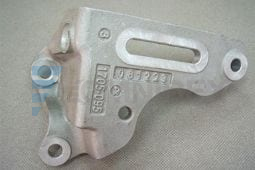
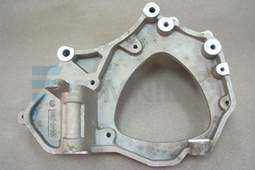
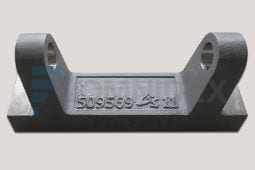
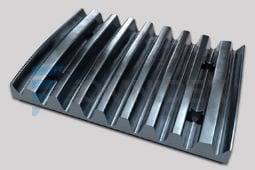
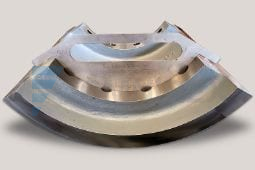
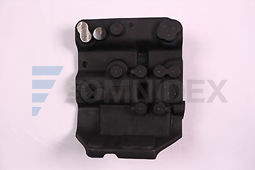


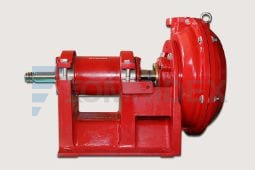
Sand casting as a versatile and cost-effective solution
Sand casting can be used to make a diverse range of products, ranging from smaller parts to extremely large industrial casting pieces. Examples of modern sand cast products include valves, engine blocks, pump housings, engine manifolds, bearings, gears and many more.
Omnidex Castings
You can also learn more about Omnidex casting solutions and other casting processes on this website.
Recent Blog Posts
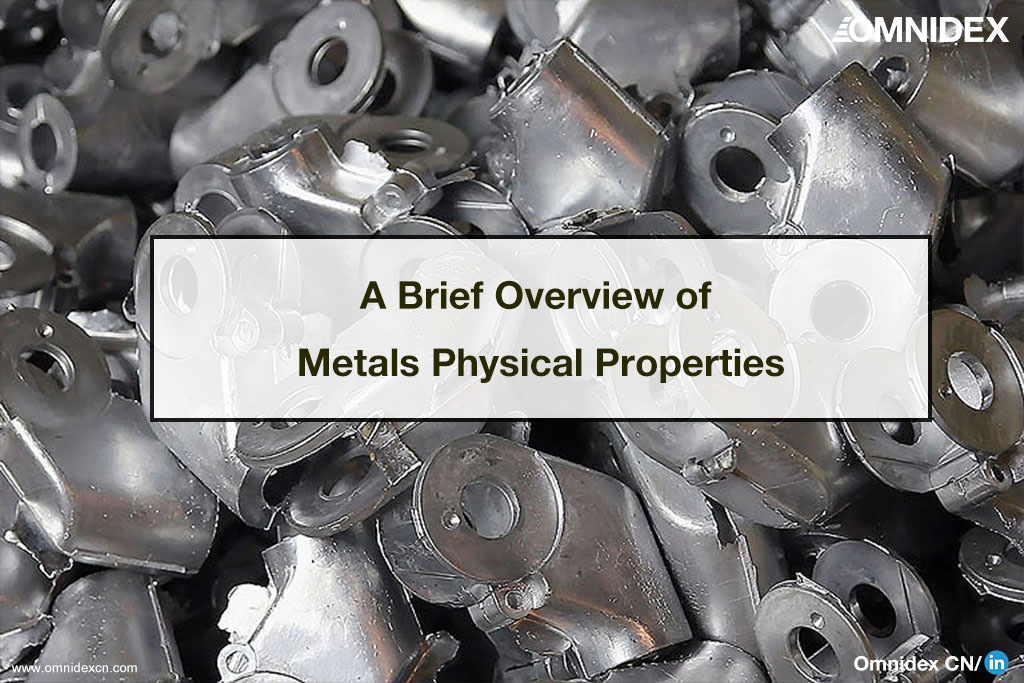
A Brief Overview of Metals Physical Properties
There are many ways to distinguish materials based on their physical properties. Metallurgy studies often look at physical properties as a broader category than mechanical properties. However, not all properties overlap. Using testing methods, physical properties can be distinguished from mechanical properties. In contrast to measuring mechanical properties, measuring physical properties does not require applying force to the material.
Steel is comparatively inexpensive compared to many other metals, which makes it an ideal metal for many projects. Cookware and cutlery, surgical instruments, industrial equipment, and outdoor site furnishings are often made from stainless steel, which has a bright finish and is non-reactive.
The properties and advantages of stainless steel and steel are different, and it is important to understand the differences in aesthetics, properties, and costs before choosing one alloy over the other.
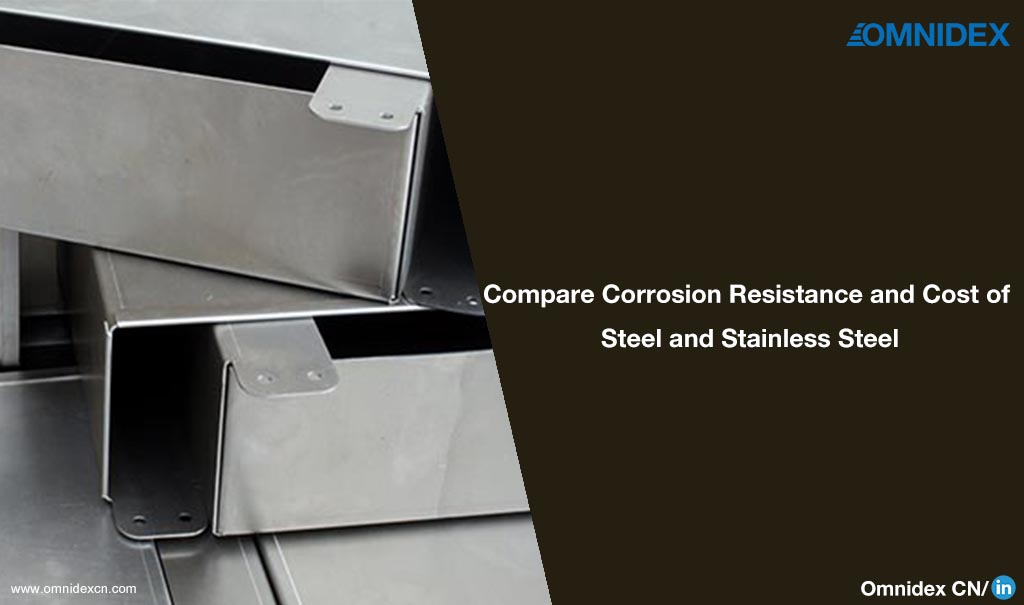
Compare Corrosion Resistance and Cost of Steel and Stainless Steel
Stainless steel and steel are both reliable metals, used in a wide range of applications, from large to tiny components. Which is the better option? Basically, it all depends !
Steel is comparatively inexpensive compared to many other metals, which makes it an ideal metal for many projects. Cookware and cutlery, surgical instruments, industrial equipment, and outdoor site furnishings are often made from stainless steel, which has a bright finish and is non-reactive.
The properties and advantages of stainless steel and steel are different, and it is important to understand the differences in aesthetics, properties, and costs before choosing one alloy over the other.
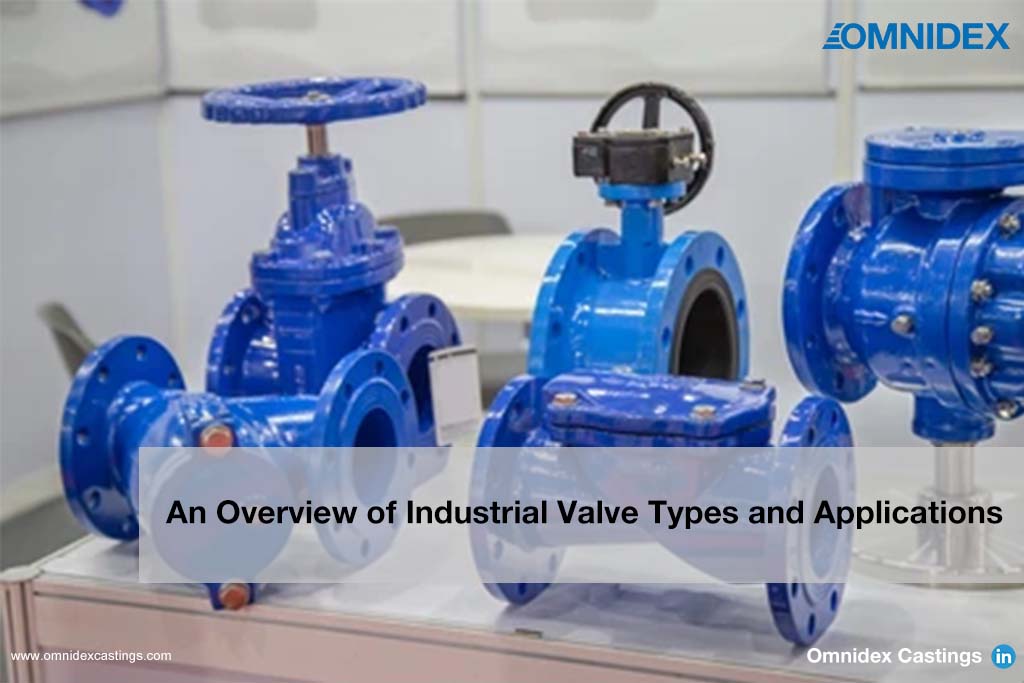
An Overview of Industrial Valve Types and Applications
A valve is used in almost every situation that involves the flow of liquid or gas. You control the flow of water through your kitchen sink with a valve. A gas stove brings propane gas into its burners through a different valve. Outside the home, industrial valves are designed to withstand high pressures, either from fluids or gases, and to last for years in harsh conditions. Almost every utility, whether water, oil or gas, could not operate without heavy-duty, industrial-strength valves.
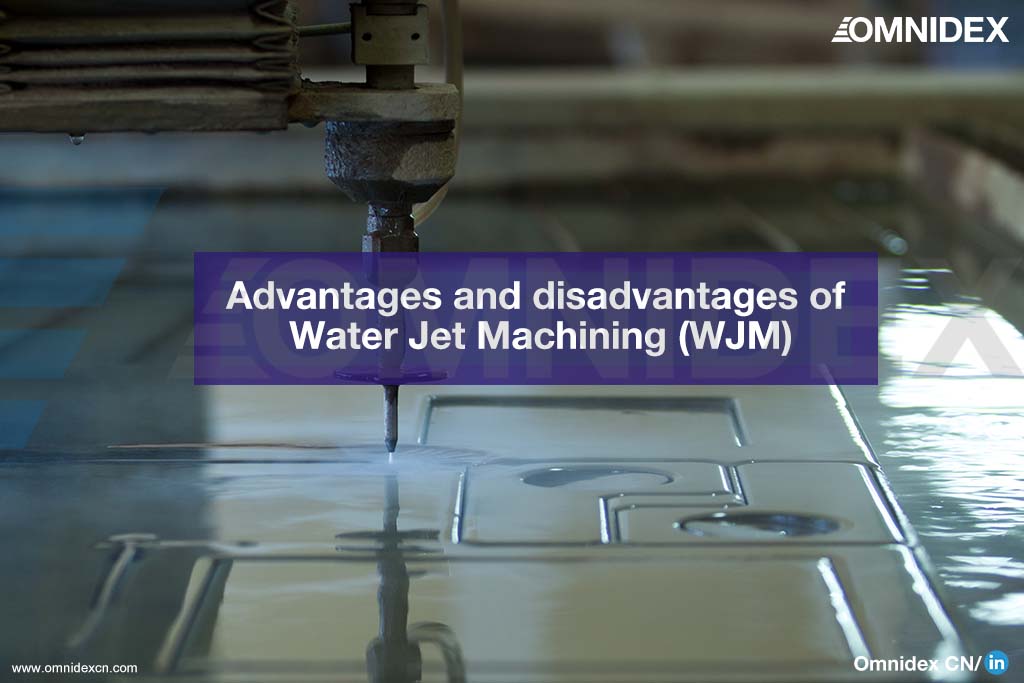
Advantages and disadvantages of Water Jet Machining (WJM)
The Water Jet Machining (WJM) process is an advanced, non-conventional machining process wherein a water jet is fired at the workpiece. The jet erodes the material of the workpiece and causes it to become shaped, i.e. jetting is a machining process that utilizes a water jet to remove material from a workpiece…
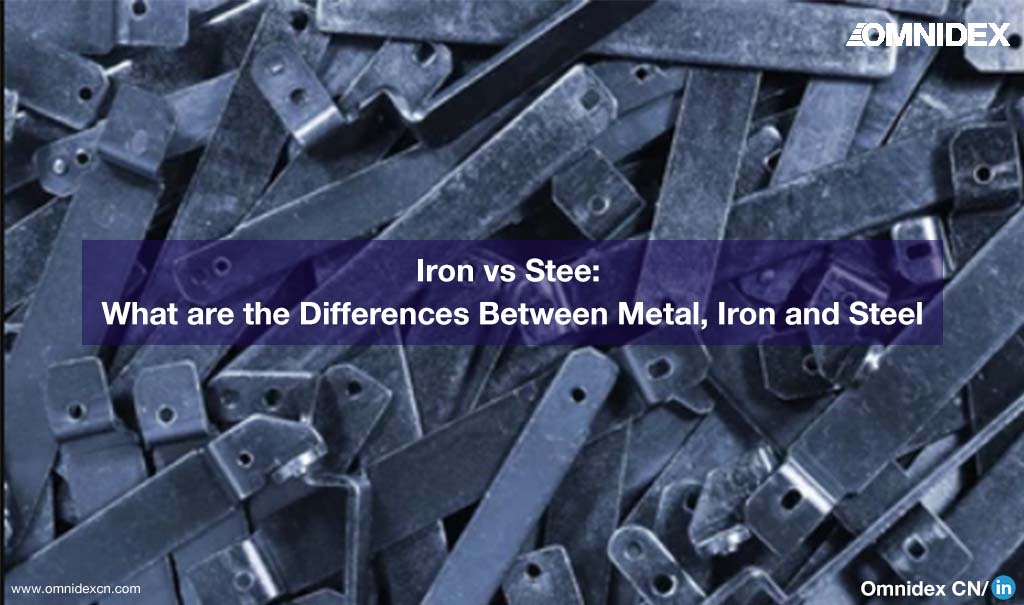
Iron vs Steel: What are the Differences Between Metal, Iron and Steel
Today, we can’t imagine a world without metal structures, which are used in everything from the car industry to construction. Despite the fact that concepts like iron, steel, and metal are used every day, many still wonder if there is any difference between them. Iron, metal, and steel are all commonly used as synonyms, and this is one of the most common mistakes made every day…
We are always ready to help with your latest project.
Contact our Customer Service and let us know how we can help to catapult your next project to success.
Our Locations
China Office
- 705, Building No.7, Beijiaochang Henglu 1, Guangzhou 510050, P.R. China
- +86 20 8388 7080
- info@omnidexgroup.com
Vietnam
- 3rd Floor, Sumikura Tower, 18H Cong Hoa Street, Ward 4, Tan Binh District, HCMC, Vietnam
- +86 20 8388 7080
- info@omnidexgroup.com
United Kingdom
- Unit 5, Lyneburn Industrial Estate, Dunfermline, Scotland KY11 4JT
- +44 (0) 1383 277077
- laser@omnidexgroup.com
For Other Locations
- Asia Pacific, South America, Africa and rest of the world:
- +86 20 8388 7080
Omnidex Group
The Omnidex Group Brochure
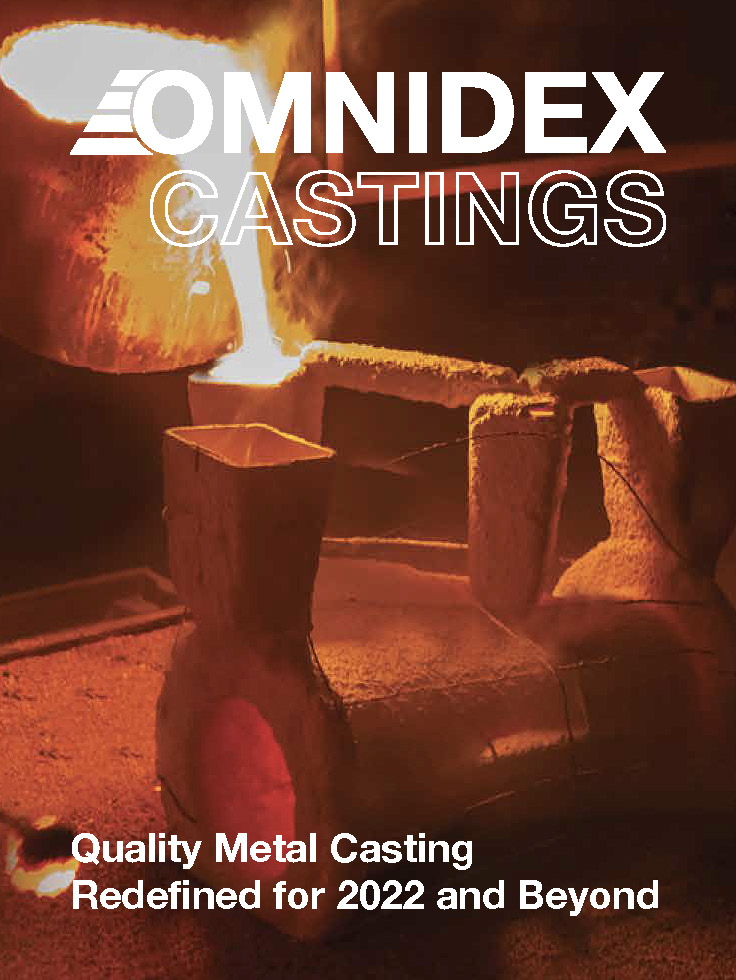
If you are looking for metal casting services, our brochure is a great way to discover what Omnidex has to offer. You can download HERE or EXPLORE HERE to learn more or .

Copyright © 2022 Omnidex CN. All rights reserved.

